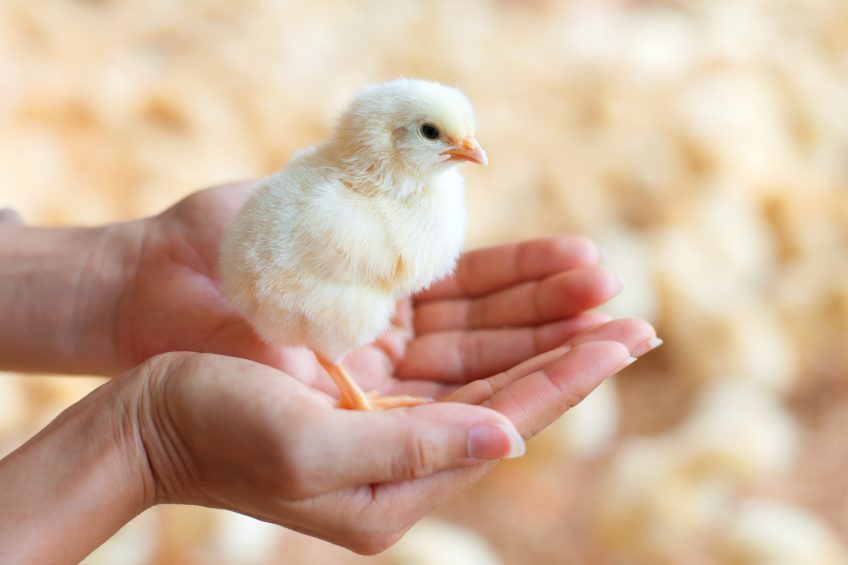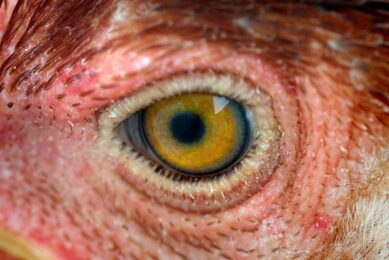Genetic manipulation studies examine chick sexing potential

Research is underway in Edinburgh on the sex-determining mechanisms in the chick, which could have major societal impacts for birds and mammals, including humans.
The three year study at the Royal (Dick) School of Veterinary Science at the University of Edinburgh will look at the series of molecular events that determine whether the embryonic gonad develops as a testis or an ovary.
Improving in-ovo sexing tests
It could have major implications for the development of improved in-ovo sexing tests – a major issue of concern for consumers across Europe – who have been up in arms over the practice of culling day old male chicks.
It is being led by Dr Michael McGrew, who has been involved in a wider project to create a “Frozen Aviary” of stem cells from birds so that populations can be brought back to live in the event of a major disease outbreak, such as bird flu.
Two genes to be examined
The current study will look at the expression of two genes, DMRT1 in males and FOXL2 in females. Dmrt1 has been shown to be necessary for the proper development and survival of male germ cells and both have been shown to play key roles in gonadogenesis in several species, including the chick.
The study will investigate the possibility that both genes balance of expression determines the sexual fate of the embryonic gonads in birds. To do this, the researchers will use cutting edge methods of genetic manipulation to delete copies of both genes from the genome of chicken germ cells (PGC) and use these to derive birds with these genetic mutations.
The effects of these deletions on PGC growth in culture and on germ cell development after injection of PGC’s into embryos will then be assessed. Injected embryos will be hatched and raised to sexual maturity and crossed with wild-type birds. By selective crossing, birds can be generated with either one or no copies of Dmrt1 or Foxl2.
“We will compare the development of the gonads and germ cells in these manipulated birds with that in wild-type male and female birds, and so determine the effect of Dmrt1 and Foxl2 on primary sex determination and germ cell development in bird,” the study’s abstract says.
Immediate impact on chick sexing
The study also says that the choice of using a genetic approach to test the current model of sex determination in the chick will provide a clear answer to long unresolved questions in the field, opening new ways for scientists working on the chicken system. This will have an immediate impact on scientists working in the field of sex determination, within the UK and internationally.
“The difference between the sexes, how these arise during development, and their consequences are of widespread public interest. The work is therefore likely to be of relevance to gender-based healthcare in humans and to the pharmaceutical industry for gender-based drug development.
“A greater understanding of gonadogenesis and germ cell development in birds may also be of benefit to conservation programmes. This knowledge may also lead to the development of improved in ovo sexing tests and could have significant consequence for commercial poultry breeding and meat production.”
Join 31,000+ subscribers
Subscribe to our newsletter to stay updated about all the need-to-know content in the poultry sector, three times a week. Beheer
Beheer








 WP Admin
WP Admin  Bewerk bericht
Bewerk bericht